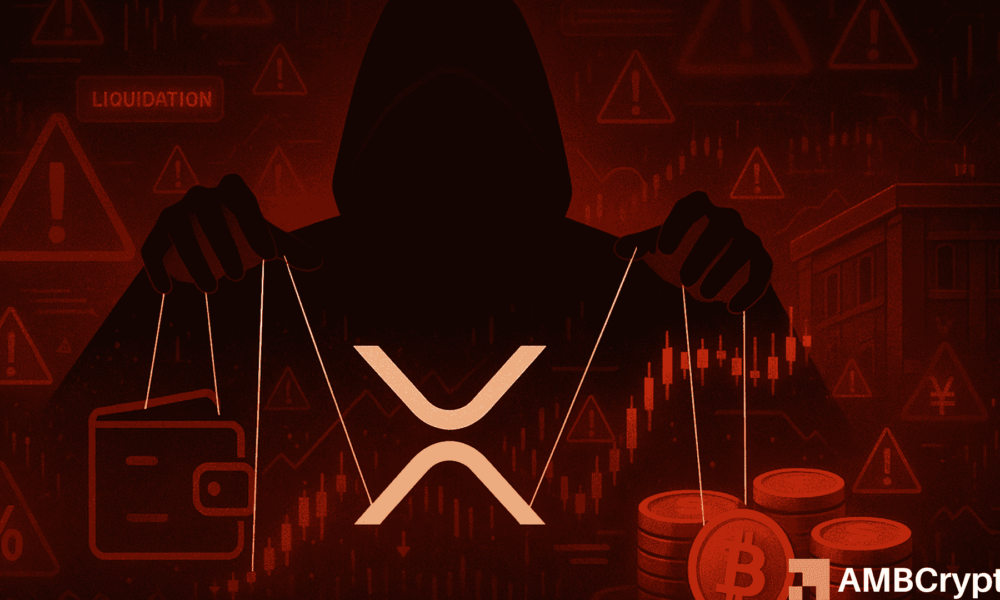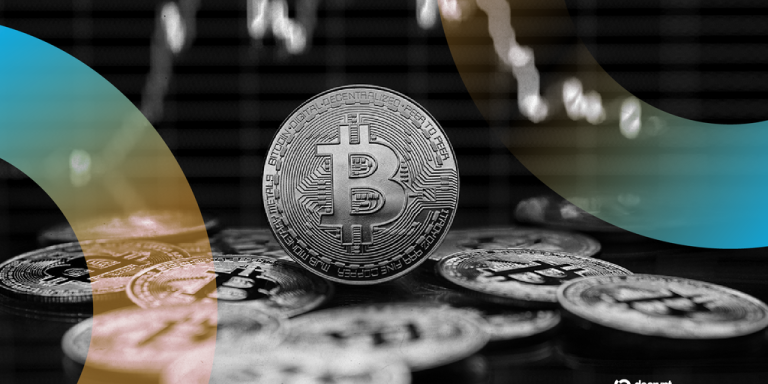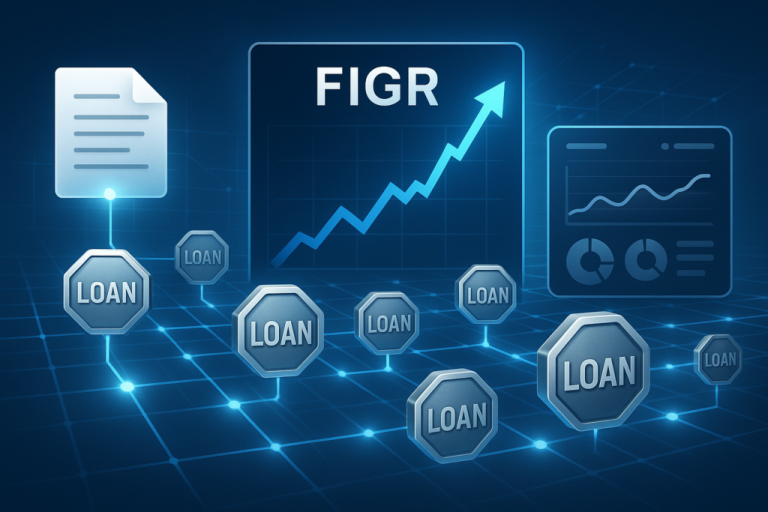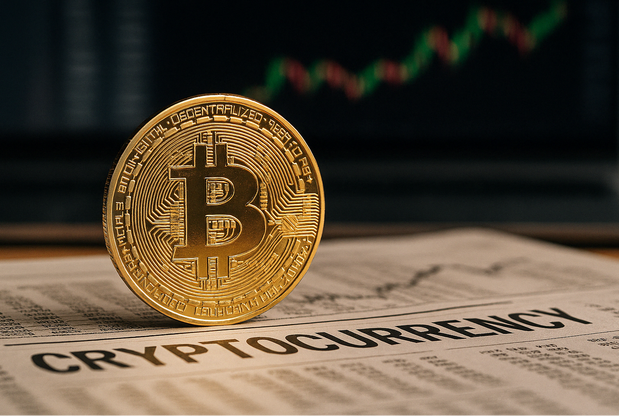
In the fast-evolving world of cryptocurrency in 2025, a concerning trend is taking the spotlight: price manipulation attacks. According to CertiK, a leading blockchain security platform, these attacks have emerged as the fastest-growing threat vector, accounting for $42 million in losses across 51 incidents this year alone. Among these incidents, November’s Popcat meme coin crash stands out as a brutal example of market manipulation.
The Rise of Price Manipulation in DeFi
Price manipulation is now a prevalent issue in decentralized finance (DeFi), leveraging vulnerabilities in oracles, thin liquidity, and leverage mechanisms to execute coordinated attacks. Unlike traditional phishing or code exploits, manipulation often requires only capital and strategic coordination.
CertiK’s data reveals a sharp increase in such incidents in Q4 2025, reporting 19 new cases that almost rival the peak of 20 incidents seen in Q2. These trends underscore the urgent need for improved risk controls in DeFi platforms.
The Popcat Meme Coin Crash: A Case Study
The Popcat meme coin crash on November 12 stands as a striking example of price manipulation: an anonymous trader employed a strategic pump-and-dump scheme on Hyperliquid’s decentralized perpetuals exchange. Here’s how it unfolded:
- Setup the Trap: The attacker pulled $3 million from OKX, split it across 19 wallets, and opened large long positions (valued at $26–$30 million) with 5x leverage.
- Fake Support: They propped up a $20 million fake buy wall at $0.21, luring retail traders into taking long positions.
- The Crash: The attacker suddenly removed the buy orders, causing Popcat to nosedive 43% to $0.12, triggering $63 million in liquidations—including one loss of $21 million.
Although the attacker lost their $3 million initial investment, the damage inflicted on traders and platforms was exponentially higher, with Hyperliquid absorbing $4.9 million in bad debt.
What Makes Meme Coins and DEXs Vulnerable?
Popcat’s crash unveils the vulnerabilities of meme coins and decentralized exchanges (DEXs). Often lacking circuit breakers or position limits, these platforms expose traders to higher risks of cascading liquidations during volatility spikes. Hyperliquid, for instance, was forced to pause operations temporarily while implementing tighter risk controls. However, this response raises questions about the balance between permissionless trading and preventative measures in DeFi.
Protecting Yourself in the DeFi Landscape
As DeFi continues to grow, traders must take proactive steps to safeguard their assets:
- Research thoroughly before investing in meme coins or high-leverage products.
- Rely on diversified portfolios to mitigate risks.
- Consider using risk management tools or centralized options with stricter regulations.
If you’re looking to track and secure your portfolio, consider using a tool like Ledger, a trusted crypto wallet. This hardware wallet is designed to protect your assets against hacks and security breaches effectively.
Future of Decentralized Exchanges: Challenges Ahead
Decentralized exchanges must find innovative ways to balance the ethos of permissionless trading with protective measures against market manipulation. The Popcat event serves as a reminder of the delicate tension between decentralization and operational controls.
As the crypto landscape matures, traders and platforms alike must prioritize transparency and security to build trust and resilience in this rapidly evolving market.



